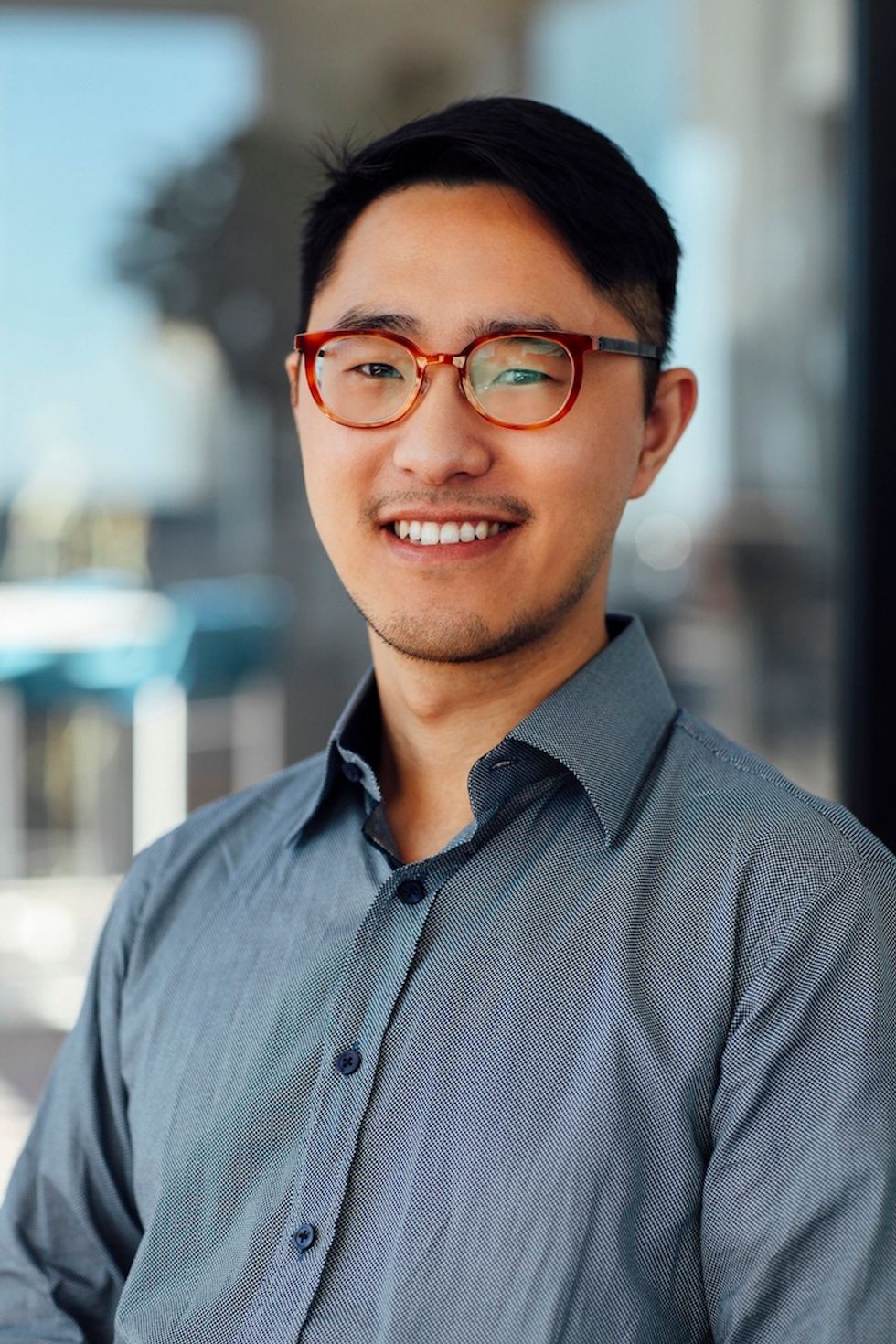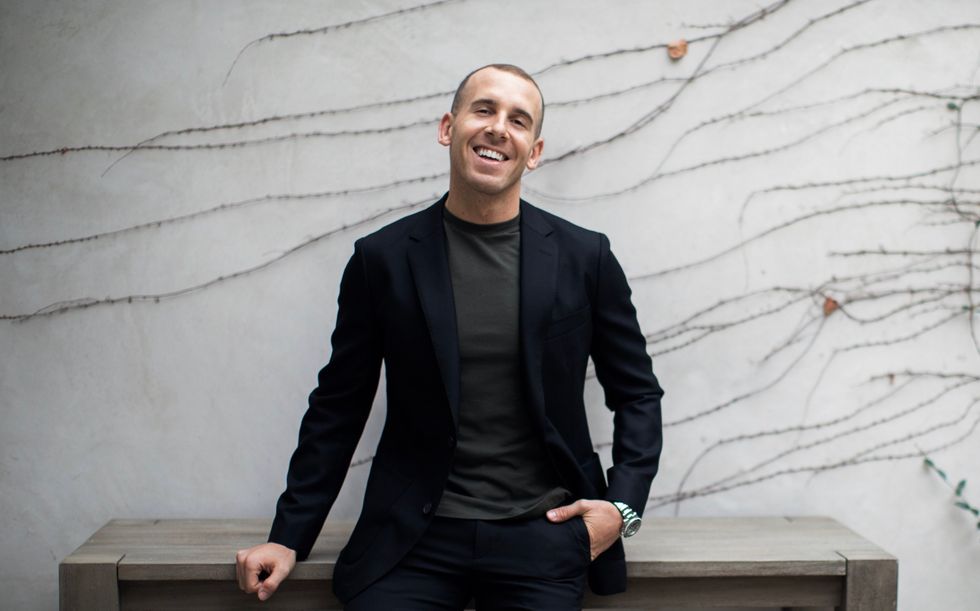Watch: Three Health and Wellness Leaders Look at the Future of the Industry in LA and Beyond
Leslie Ignacio is dot.LA's editorial intern. She is a recent California State University, Northridge graduate and previously worked for El Nuevo Sol, Telemundo and NBC and was named a Chips Quinn Scholar in 2019. As a bilingual journalist, she focuses on covering diversity in news. She's a Los Angeles native who enjoys trips to Disneyland in her free time.

As patients look beyond doctors' offices for health, the $4.5 trillion wellness industry is booming.
Technology and social media has made wellness services from nutritional foods to community clinics more accessible as providers rethink their approach to how they brand themselves.
These are among the forces transforming the booming industry Upfront Ventures Partner Kevin Zhang, Sequoia Consulting Group Wellbeing Director Kaleana Quibell and Remedy Place CEO & founder Dr. Jonathan Leary told dot.LA during a strategy session on Tuesday.
"We are seeing a lot of these concierge, advocacy services pop up that have these vendors behind them," she said. "People don't necessarily know they are going to a mental health vendor."
People are looking beyond traditional health care for self care. Companies are offering vouchers instead of gym passes, allowing workers to individualize their routines.
"Ten or fifteen years ago, a lot of people really just relied on their primary family medicine to be their guiding light of what their healthcare should look like," Quibell said.
That's also made therapists and other professionals rethink how they package themselves.
"We're just gonna see a big relabeling and kind of rebranding of how we talk about things like mental health."
At the same time, technology has lowered barriers to access. Companies such as the Google spinoff Cityblock help connect people to community clinics. Others such as Unite Us help people find other health-related services that have previously existed largely in an analog world.
Technology has made community resources accessible, "searchable and easy to find out about," Zhang said.
Leary, who created what he dubs the first social wellness club replete with oxygen therapy and sound baths, said he's found that globally are receptive to a culture of wellness that's found a hub in Los Angeles.
"I think that what's happening in L.A., which is a beautiful thing is, if we're the Mecca of health or the wellness industry — people now are following along."
dot.LA Strategy Session: Exploring the Health & Wellness Marketyoutu.be

Kevin Zhang, Partner at Upfront Ventures
Kevin Zhang, Partner at Upfront Ventures
Kevin Zhang is a Partner at Upfront Ventures, the largest and longest-serving venture capital firm in Los Angeles with $2B in assets under management. Kevin focuses on healthcare, life sciences and interactive media. Prior to Upfront, he worked at The Boston Consulting Group, where he advised on strategy and operations for technology, automotive and healthcare clients in the US and Asia, and Cotiviti, where he built SaaS products for healthcare payors and providers. Kevin studied Biology at Harvard College.

Kaleana Quibell, Wellbeing Director, Sequoia Consulting Group
Kaleana Quibell, Wellbeing Director at Sequoia Consulting Group
As the Wellbeing Director at Sequoia Consulting Group, Kaleana is responsible for the needs assessment, vendor selection, and rollout strategy of competitive benefit and wellbeing programs for some of the world's most innovative tech companies. This approach includes a holistic analysis of employees' needs and gaps in care, particularly focusing on the physical, emotional, financial and social wellbeing of the employee and their family.
Kaleana has over 10 years experience in the Total Rewards sector, with a background in recruiting & onboarding, benefits & human resources, and employee wellbeing program design. With BA degrees in Psychology and Communications, she also earned a MA degree in Organizational Psychology, focusing on workplace engagement and motivation. She was humbled to be recognized as one of EBA's 2017 Most Influential Women in Benefit Advising this year for her role in Sequoia's innovative approach to holistic wellbeing with her clients, and has spoken on various panels and conferences including SXSW.

Dr. Jonathan Leary, CEO & Founder at Remedy Place
Over the past 9 years, Dr. Leary has pioneered cutting-edge techniques that optimize the body's natural ability to heal. From day one, his groundbreaking private practice has had a wait list that includes a wide range of celebrities, professional athletes, entrepreneurs, and executives.
In addition to his private practice, Dr. Leary is a highly sought after global health and wellness speaker who's expertise has been featured in a wide range of prestigious media outlets, from Forbes and ABC to Vogue. He has given corporate wellness talks for Fortune 100 companies, such as Delta Airlines, as well as hosted retreats at the Cannes Film Festival and across the globe.

Rachel Uranga, Senior Reporter at dot.LA
Rachel Uranga, Senior Reporter at dot.LA
Rachel Uranga covers the intersection of business, technology and culture. She is a former Mexico-based market correspondent at Reuters and has worked for several Southern California news outlets, including the Los Angeles Business Journal and the Los Angeles Daily News. She has covered everything from IPOs to immigration. Uranga is a graduate of the Columbia School of Journalism and California State University Northridge. A Los Angeles native, she lives with her husband, son and their felines.
- Watch: Its Founders Discuss How Mental Wellness Network Frame ... ›
- Heal Get's $100M in Humana Deal to Extend Telehealth - dot.LA ›
- Apple's Foray Into Mental Health Prompts Privacy Concerns - dot.LA ›
- Like Peloton for Pilates. Frame Fitness Reinvents Reformer - dot.LA ›
- Wellness Brand Moon Juice Is Raising $7 Million - dot.LA ›
- How Tony Robbins' LifeForce Plans to Overcome Aging - dot.LA ›
Leslie Ignacio is dot.LA's editorial intern. She is a recent California State University, Northridge graduate and previously worked for El Nuevo Sol, Telemundo and NBC and was named a Chips Quinn Scholar in 2019. As a bilingual journalist, she focuses on covering diversity in news. She's a Los Angeles native who enjoys trips to Disneyland in her free time.
Annie Burford is dot.LA's director of events. She's an event marketing pro with over ten years of experience producing innovative corporate events, activations and summits for tech startups to Fortune 500 companies. Annie has produced over 200 programs in Los Angeles, San Francisco and New York City working most recently for a China-based investment bank heading the CEC Capital Tech & Media Summit, formally the Siemer Summit.




